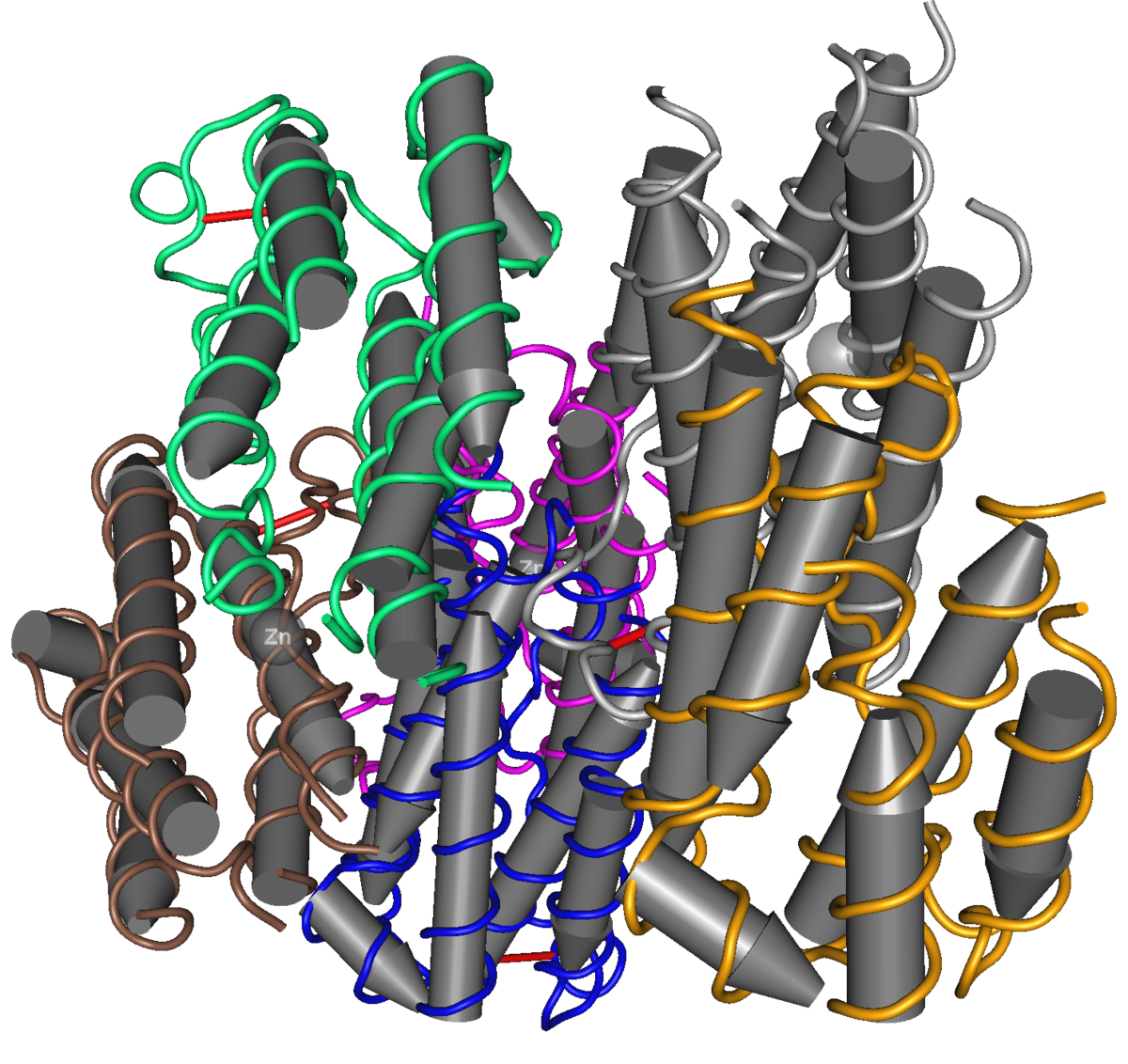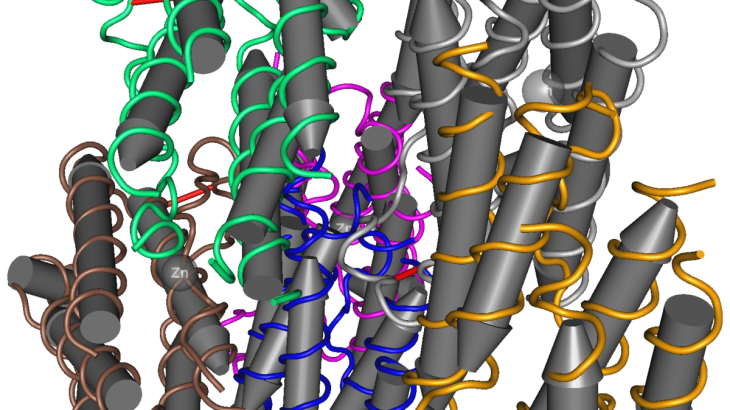The importance of interferons (IFNs) in the immune response and their essential roles in different metabolic pathways are not recent discoveries. What is new, however, is the design and creation of modern equipment that has provided researchers with the tools to thoroughly understand interferon activity and ultimately allow us to develop better treatments.

The Role of the Interferons
Interferons belong to the broader category of cytokines, which are proteins responsible for cell signaling. Interferons are released by host cells in response to pathogens such as viruses, bacteria, and parasites. Consequently, the synthesis of interferons is actively involved in the modulation of the immune response produced by other cells against intruders that cause disease (1).
The release of IFNs is triggered by the recognition of specific molecules found in pathogens (like glycoproteins, viral RNA, or bacterial endotoxins) by Toll-like receptors or other recognition receptors found in the membranes of host cells (2,3). Most impressively, interferons can disrupt the division of cancer cells, in many cases contributing to retarding the growth of tumors. These molecules also play a pivotal role in regulating the activity of p53, a protein responsible for the apoptosis and inhibition of the division of cells whose DNA has been seriously damaged due to mutations or other events (4).
Interferons can be divided into three classes: type I IFN, type II IFN and type III IFN. Each class stimulates our natural defenses by activating the immune cells and triggering signaling between them (5):
Type I IFN is synthesized by fibroblasts and monocytes in response to the presence of a virus. Their release interrupts the replication of the virus in other cells (5).
Type II IFN is released by cytotoxic cells and T helper cells and is involved in the defense against bacteria and some viruses (6).
Type III IFN was recently discovered and plays an important role in the defense against some types of viral and fungal infections (7).
Interferons and other cytokines build the metabolic pathways that protect our bodies against all types of pathogens by orchestrating a lot of the activity of other cells that form part of our immune system.
Interferon Therapy
Since interferons enhance the immune system in many ways, the design of these molecules to treat several diseases has grown in the past years. In order to guarantee the efficacy of interferons in different therapies, researchers employ modern equipment to measure protein stability. This is very important to measure in recombinant interferons that can lose bioactivity due to denaturation. Interferons are specific to receptors, therefore the low stability of their structures can affect their medical applications (8).
The interferons that are most used in therapies today are:
Interferon α-2a (Roferon-A) is administered to treat hairy cell and chronic myelogenous leukemia and AIDS-related Kaposi’s sarcoma (9).
Interferon α-2b is used in combination with ribavirin, a guanosine analog, for the treatment of hepatitis C (10).
Interferon γ-1b is widely used to treat granulomatous disease (11).
Interferon α-n3 is used in treatment for patients with HPV virus (12).
Today’s exceptional applications of interferons and current work focusing on the development of accurate technology forecast a promissory future. It is certain that there will be more discoveries associated with understanding the ways interferons are involved in metabolic pathways, in hopes of enhancing their treatment use.






